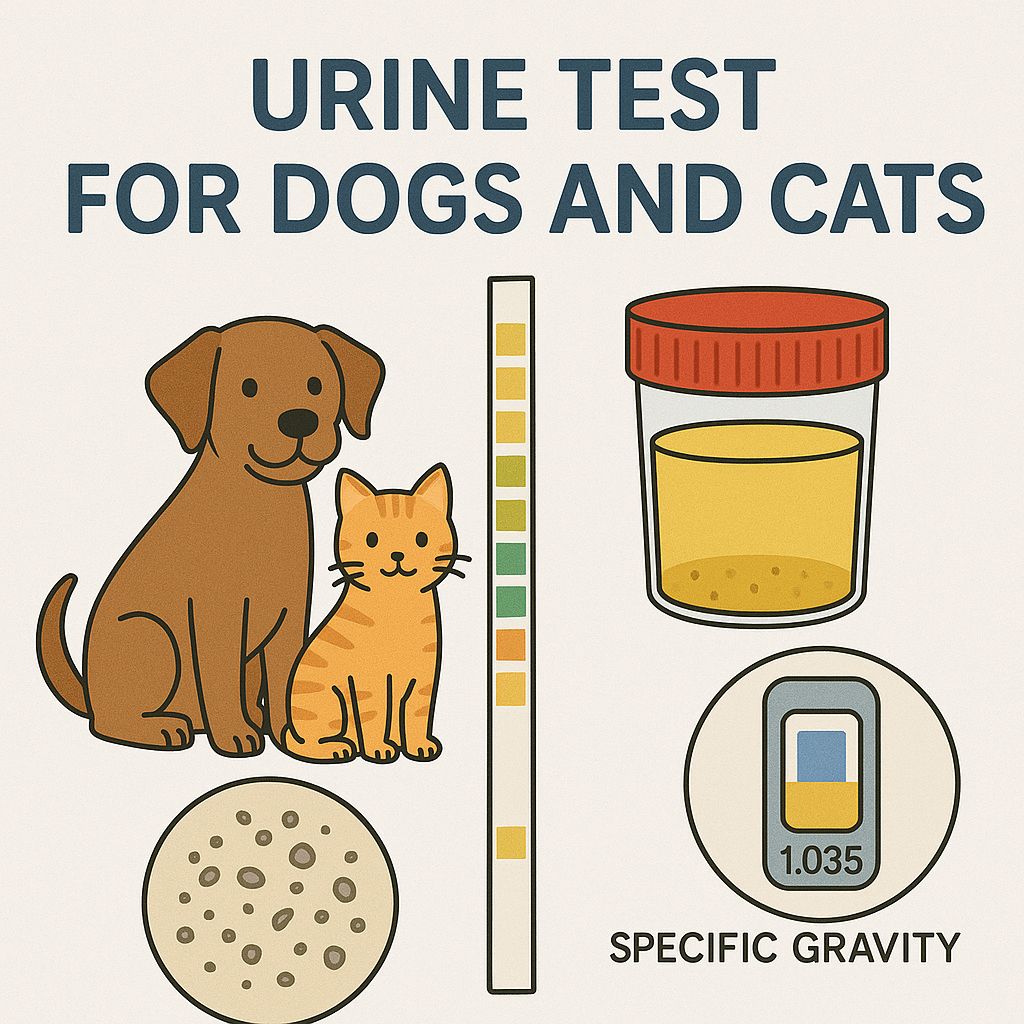Dog and Cat Urine Test
£19.95
Pet Name
Enter your text
Species
Please choose
Breed
Enter your text
Age
Please choose
Sex
Please choose
Are you seeing any symptoms?
Please choose
In stock
Product Details
💧 Dog & Cat Urine Test
✅ Detects early kidney disease, diabetes, UTIs & more
🔬 What We Test For:
- Early Kidney Disease
- Diabetes Mellitus
- Urinary Tract Infections (UTIs)
- Other systemic conditions
🧪 Includes:
- Sediment Examination
- Specific Gravity Measurement
- Urine Dipstick Panel
Any abnormal results will be flagged up, but a veterinary consultation is essential to determine the clinical relevance. Your vet may recommend further tests or a physical examination based on findings.
🐶 How to Collect a Dog’s Urine Sample:
- Collect the first urination of the day if possible.
- Use a shallow container (e.g., takeaway tub) to catch mid-flow urine.
- Transfer to the sample tube using the pipette provided.
- Package with the absorbent pad or cotton wool.
- Post the same day. If delayed, store in fridge and post the next day. Discard if >48 hrs old.
🐱 How to Collect a Cat’s Urine Sample:
- Use a clean litter tray without any litter residue.
- Add a layer of Katkor plastic litter (provided or available online).
- Ensure only the intended cat has access to the tray.
- Transfer urine from litter to tube using pipette as soon as urination occurs.
- Package with the absorbent pad or cotton wool.
- Post same day or refrigerate overnight. Discard if >48 hrs old.
Save this product for later
Dog and Cat Urine Test
You May Also Like
Display prices in:
GBP








